Grammar Teaching Resources
Browse printable grammar worksheets, games for kids and more writing activities for elementary or middle school. You'll even find free grammar downloads for your ELA lesson plans to help students learn the different parts of speech, understand sentence structure and learn how to create grammatically correct sentences.
This comprehensive collection of teacher resources was created by teachers for teachers just like you. Explore printables and digital downloads that are aligned with TEKS and the Common Core curriculum and easily editable to meet your state standards!
Best of all, each resource has undergone a careful review by an expert member of our teacher team to ensure it's ready for your classroom, your lesson plan and your students!
Is this your first year teaching grammar to kids? Or are you just looking for fresh ideas to engage your students on this aspect of writing? Read on for a primer from our teacher team!
7 Things Teachers Need on Hand for Teaching Grammar
So you're teaching grammar this school year? Welcome to the wonderful world of words (and sentences ... and punctuation!).
You may be wondering what you'll need to prepare to ensure you have everything on hand to actually teach students the mechanics of writing, so our teacher team has put together a comprehensive list of classroom supplies that will make it easier!
- Anchor chart paper and markers
- Graphic organizers
- Writing rubrics
- Postcards and other cards for your writing centers
- Envelopes
- Clipboards
- Samples of writing
What Is Grammar in English? A Kid-Friendly Definition
Before you launch into the wonderful world of writing conventions with your class, it can be helpful to define the meaning of grammar in the context of your ELA instruction.
Here's a definition our teacher team likes to use:
Grammar is a set of writing rules that help us communicate effectively. It helps us to organize words, phrases and sentences in a way that makes sense to others. Without grammar, our sentences would be scrambled and hard to understand!
How to Teach Grammar — Tips From Our Teacher Team
If you're sitting down to map out your grammar lesson plans, and you're not quite sure where to begin, it can be helpful to take a look at how other teachers structure their lessons.
With that in mind, we asked a few teachers on our team to share their process for doing exactly that!
Start With Phrases and Clauses
One teacher on our team uses this order for her grammar lessons:
- Phrases and clauses
- Sentence types
- Punctuation rules
The reason?
Students need to understand the difference between a phrase and a clause to lay the foundation for creating organized sentences.
Likewise, it's important to know the difference between independent and dependent clauses before you can start teaching the different sentence types.
Finally, teaching sentence types gives students a solid foundation for introducing comma rules.
Start With FANBOYS
Another teacher on our team suggests teaching grammar in this order:
- Teach students about coordinating conjunctions and the FANBOYS acronym.
- Move on to phrases and clauses.
- Next, work on sentence structure.
- Plus Plan
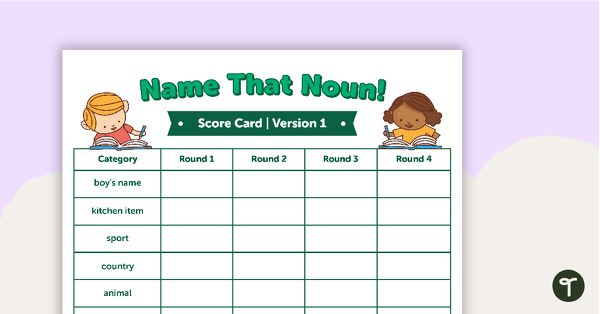
Grammar Game - Name That Noun!
A fun game for students to play in small groups to reinforce their understanding of nouns.
- Plus Plan
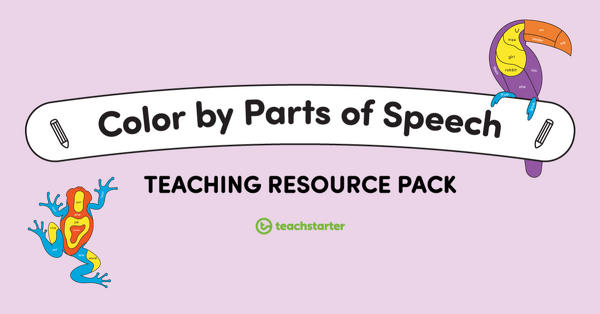
Color by Parts of Speech Teaching Resource Pack
A collection of coloring worksheets that use parts of speech as indicators.
- Plus Plan
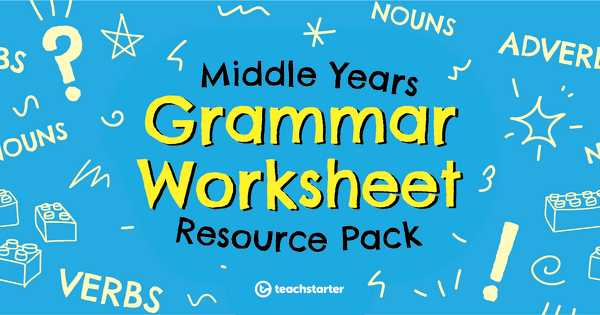
Middle Years Grammar Worksheet Teaching Resource Pack
A set of 6 grammar worksheets created for middle years.
- Plus Plan
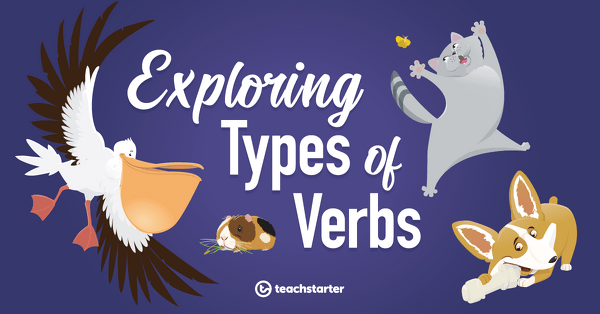
Exploring Types of Verbs Unit Plan
This English Language Arts unit explores several types of verbs including action, helping, linking, irregular, simple tense, and perfect tense verbs. This unit is intended for upper-elementary students that have some prior knowledge of action verbs.
- Plus Plan
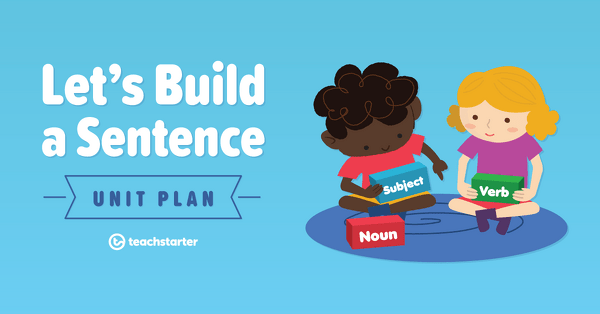
Let's Build a Sentence Unit Plan
This English unit has been designed to introduce the key components of simple and compound sentences to younger students; specifically, capital letters and punctuation; verbs, nouns, adjectives, and conjunctions.
- Plus Plan
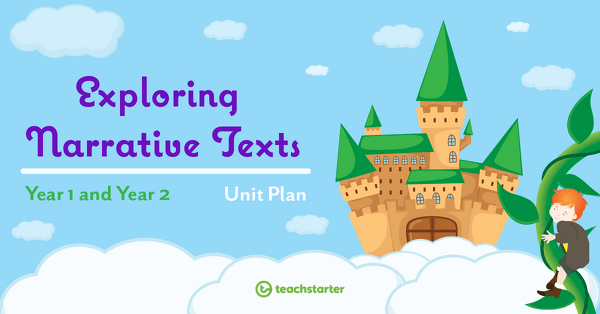
Proofreading and Editing - Narrative Writing
A 60 minute lesson in which students will learn and apply proofreading and editing skills.
- Plus Plan
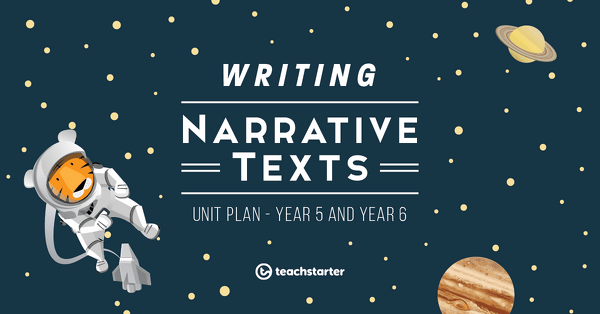
Applying Proofreading and Editing Skills
A 60 minute lesson in which students will learn and apply proofreading and editing skills.
- Free Plan
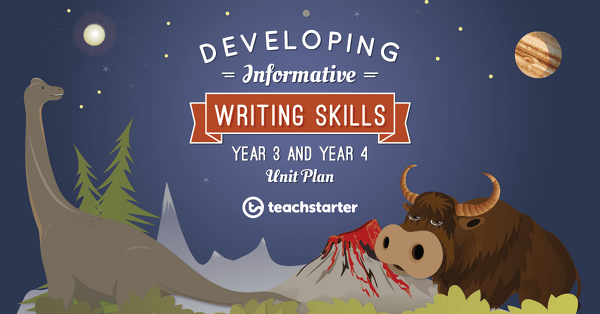
Applying Proofreading and Editing Skills
A 60-minute lesson in which students will learn and apply proofreading and editing skills.
- Plus Plan

Building Compound Sentences
A 60 minute lesson in which students will identify that a compound sentence is made up of two or more main clauses joined together by a conjunction.
- Plus Plan
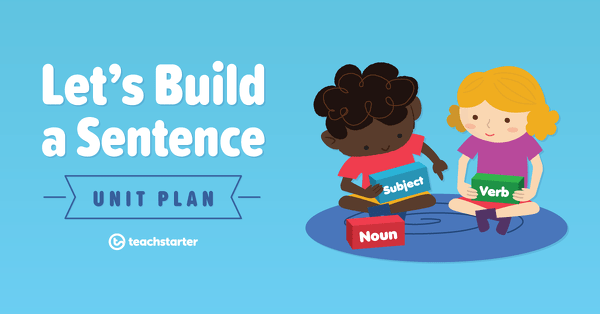
Building Simple Sentences
A 60 minute lesson in which students will build a simple sentence.
- Plus Plan
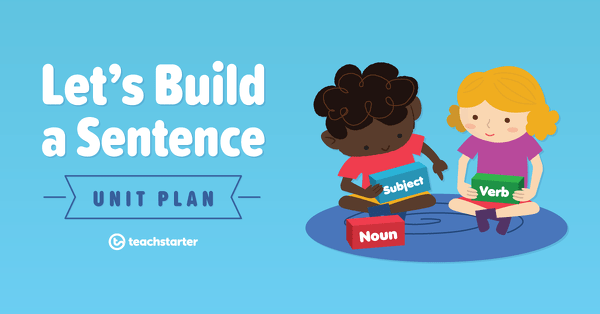
Capital Letters and Punctuation - Fix It!
A 60 minute lesson in which students will identify that capital letters and punctuation are used to build sentences.
- Plus Plan
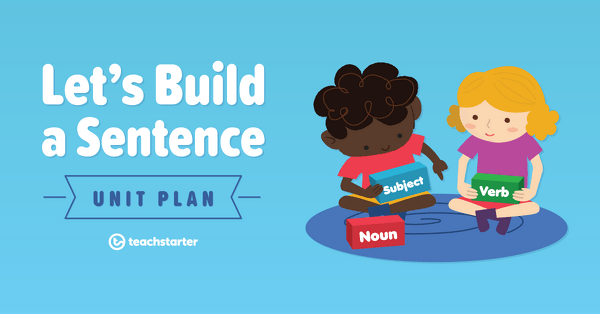
What is a Sentence?
A 60 minute lesson in which students will identify that a simple sentence is a group of words that contains a subject, a verb, and expresses a complete thought.
- Plus Plan

Narrative Skills - Proofreading and Editing
A 60 minute lesson in which students will learn and apply proofreading and editing skills.
- Plus Plan
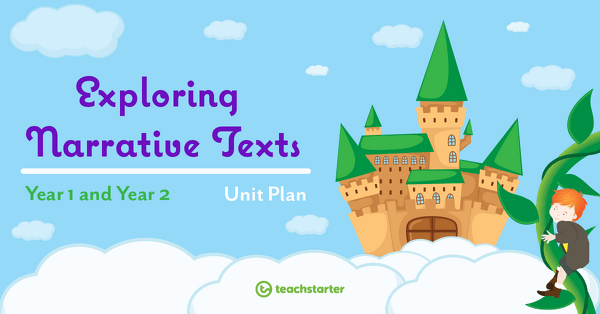
Dressing Up Sentences for Narrative Writing
A 60 minute lesson in which students will use descriptive language to add additional detail to sentences.
- Plus Plan
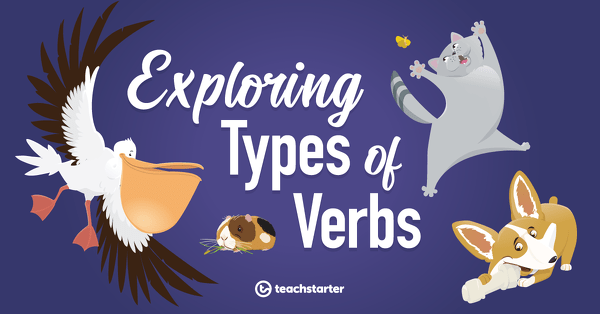
Types of Verbs Assessment
A comprehensive assessment to be given at the end of the unit to assess students' understanding of various types of verbs.
- Plus Plan
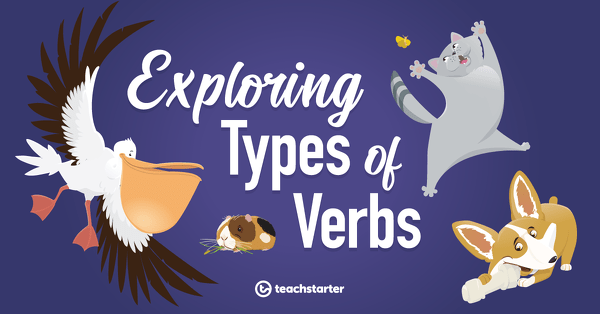
The Future Perfect Tense
A 60 minute lesson in which students practice identifying the future perfect tense within a text.
- Plus Plan
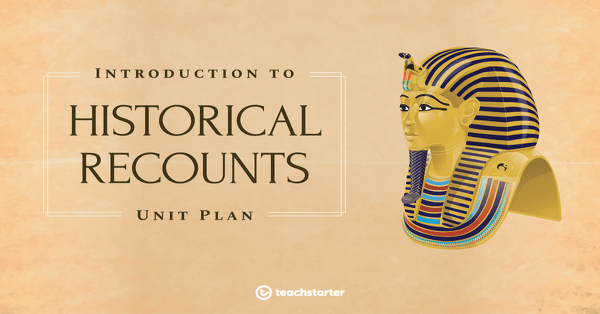
Applying Proofreading and Editing Skills
A 60 minute lesson in which students will learn and apply proofreading and editing skills.
- Plus Plan
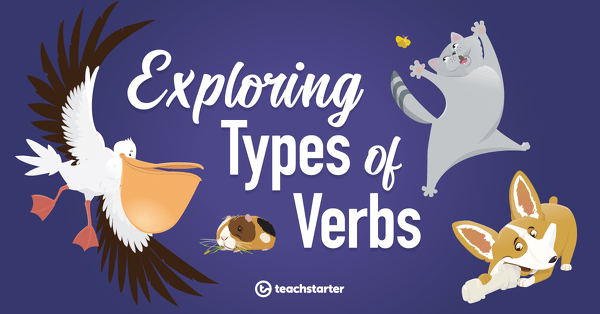
The Present Perfect Tense
A 60 minute lesson in which students practice identifying the present perfect tense within a text.
- Plus Plan
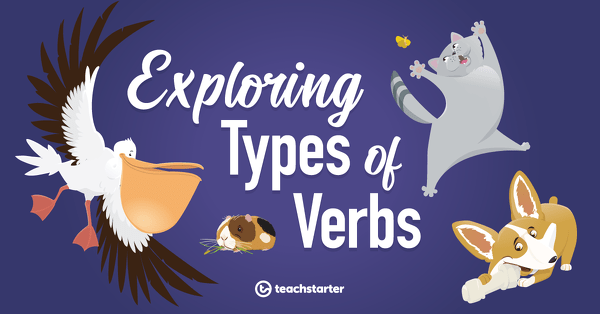
The Past Perfect Tense
A 60 minute lesson in which students practice identifying the past perfect tense within a text.
- Plus Plan
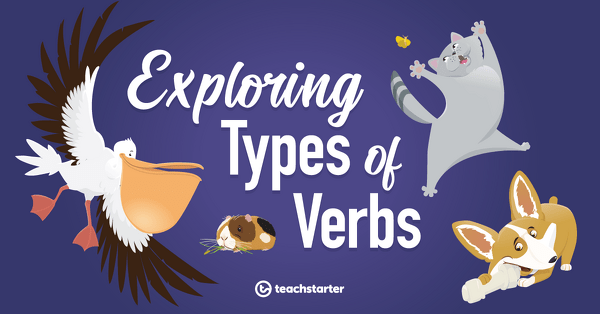
Subject-Verb Agreement
A 60 minute lesson in which students identify and practice subject-verb agreement.
- Plus Plan
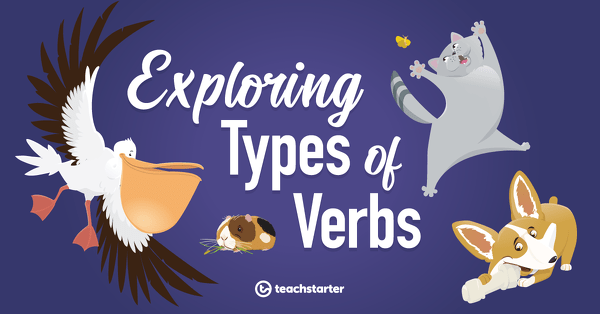
Verb Tenses and Irregular Verbs
- Plus Plan
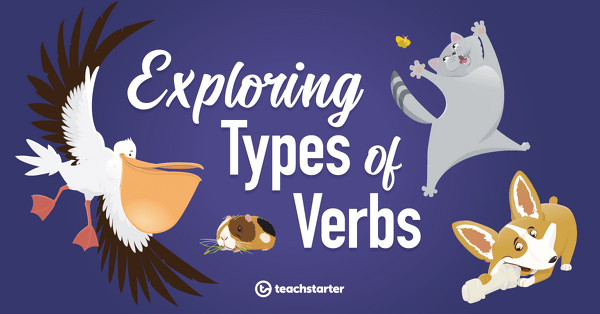
Past, Present, and Future Tense Verbs
A 60 minute lesson in which the students will learn about past, present, and future simple tense verbs.
- Plus Plan

Action, Helping, and Linking Verbs
A 60 minute lesson in which students will identify action, helping, and linking verbs.
- Plus Plan
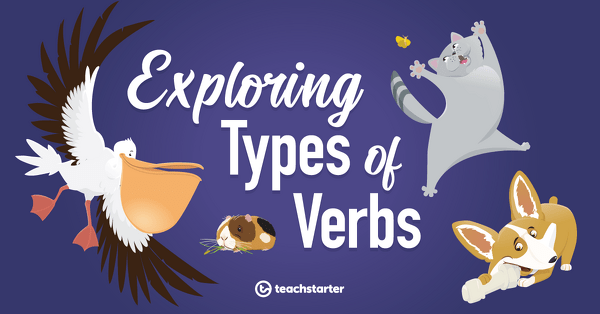
Irregular Verbs - The Oddballs
A 60 minute lesson in which students will identify and practice using irregular verbs.
- Plus Plan
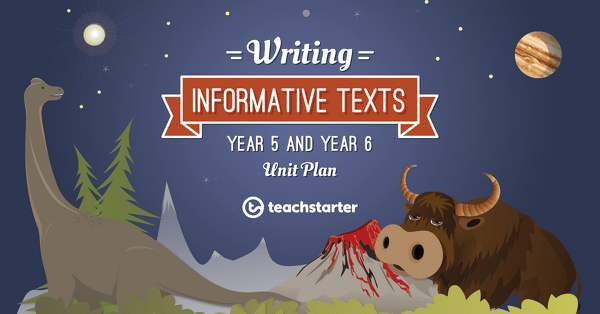
Applying Proofreading and Editing Skills
A 60 minute lesson in which students will learn and apply proofreading and editing skills.
- Plus Plan
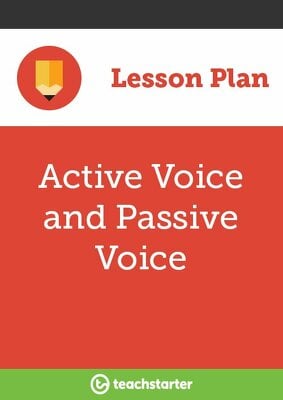
Active Voice and Passive Voice
A 60 minute lesson in which students will identify and use active voice and passive voice in sentences.
- Plus Plan
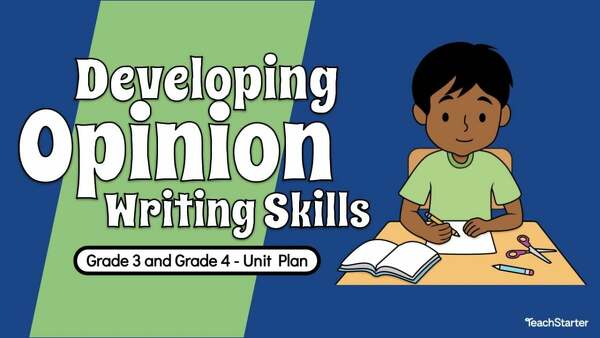
Applying Proofreading and Editing Skills
A 60 minute lesson in which students will learn and apply proofreading and editing skills.
- Plus Plan
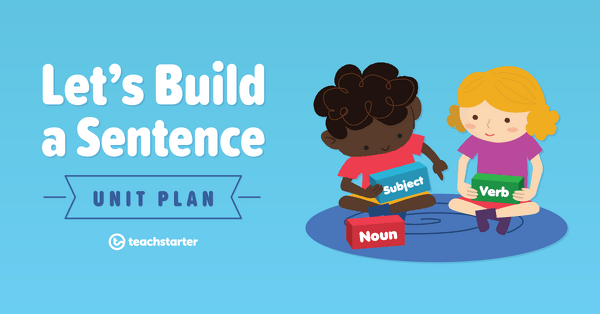
Let's Build a Sentence
A 60 minute lesson in which students will write simple and compound sentences.
- Plus Plan
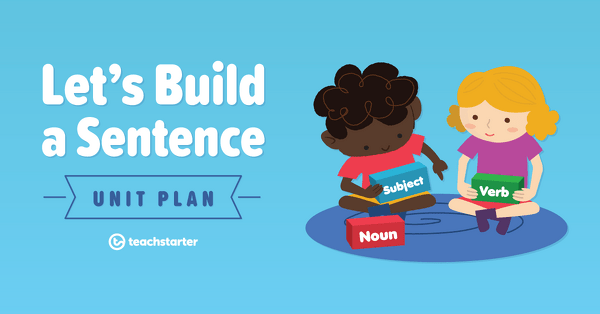
Using Adjectives to Describe a Character
A 60 minute lesson in which students will use adjectives to describe the personality and appearance of characters.
- Plus Plan
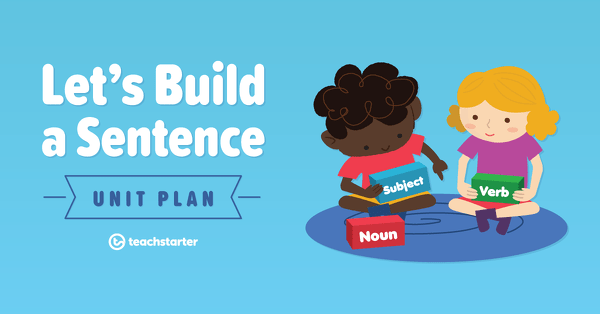
Using Adjectives
A 60 minute lesson in which students will identify that an adjective provides information about a noun and is often called a describing word.
- Plus Plan
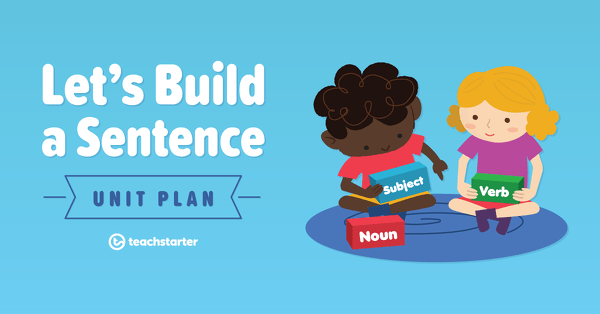
Capital Letters and Punctuation
A 60 minute lesson in which students will identify that capital letters and different types of punctuation are used to build sentences.
- Plus Plan
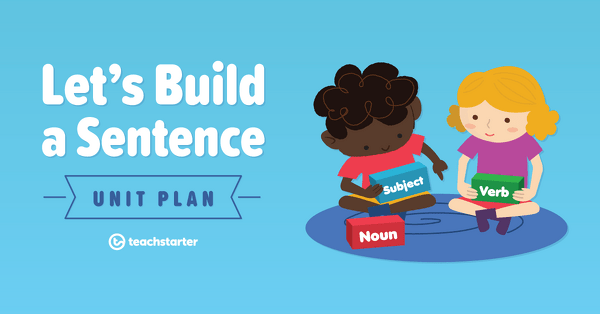
Common and Proper Nouns
A 60 minute lesson in which students will identify that a noun is a naming word used for a person, place, or object.